Latest NRAO News
News is managed by NRAO News & Public Information. Questions about News? Have a story to share? Want to interview a scientist or create new media about our telescopes?

NRAO and SpaceX have engaged in coordinated experiments involving NRAO telescopes and the Starlink satellite constellation for over two years. Early experiments began in late 2021 with the deployment of working Starlink user terminals near the Jansky Very Large Array (VLA) in New Mexico and have continued to the present day. These experiments highlight the ways in which satellite constellations and radio telescopes might be able to coexist, provided there is mutual awareness of what the other is doing.
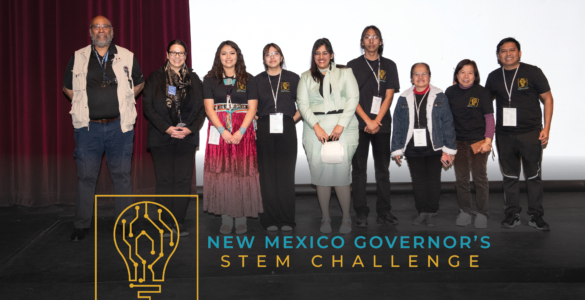
The National Radio Astronomy Observatory (NRAO) marked its presence for the third consecutive year at the prestigious New Mexico Governor’s STEM Challenge
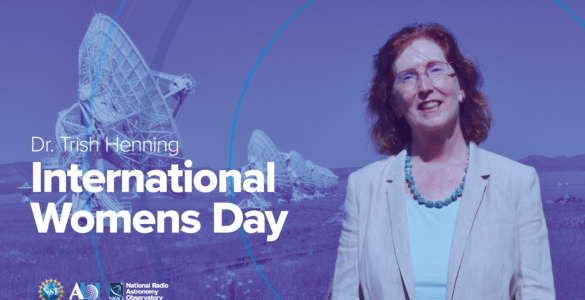
This International Women’s Day, the National Radio Astronomy Observatory (NRAO) celebrates the selection of Dr. Patricia (Trish) Henning as the next Associate Director for New Mexico Operations
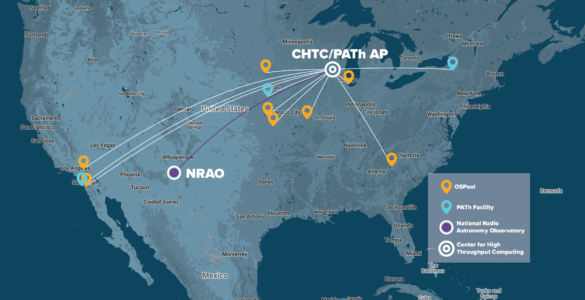
Looking for a more efficient way to process a particularly large VLA data set, to produce one of the deepest radio images of the Hubble Ultra Deep Field (HUDF), made famous by the Hubble Telescope, NRAO staff decided to try a different approach.
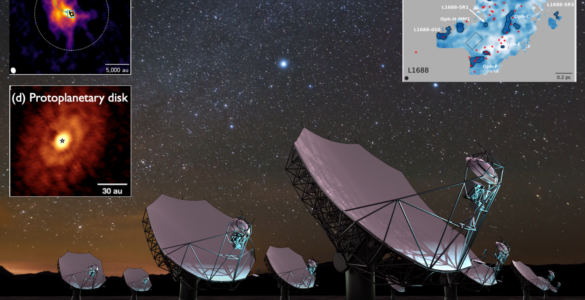
Over the course of two scientific meetings, held in 2022 and 2023, German astronomers have collected 41 highly compelling science cases involving 57 unique authors from 19 German institutions, all aspiring to use the ngVLA.
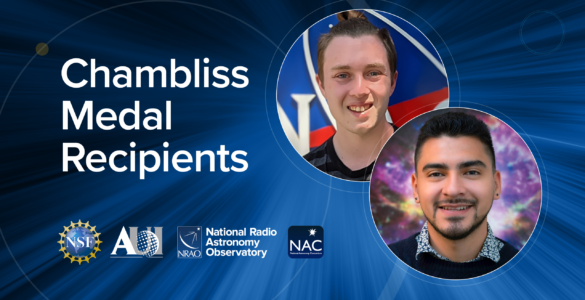
Two student researchers from the National Radio Astronomy Observatory’s National Astronomy Consortium (NAC) program were each awarded the prestigious…





